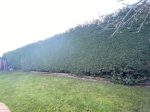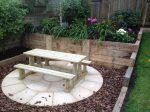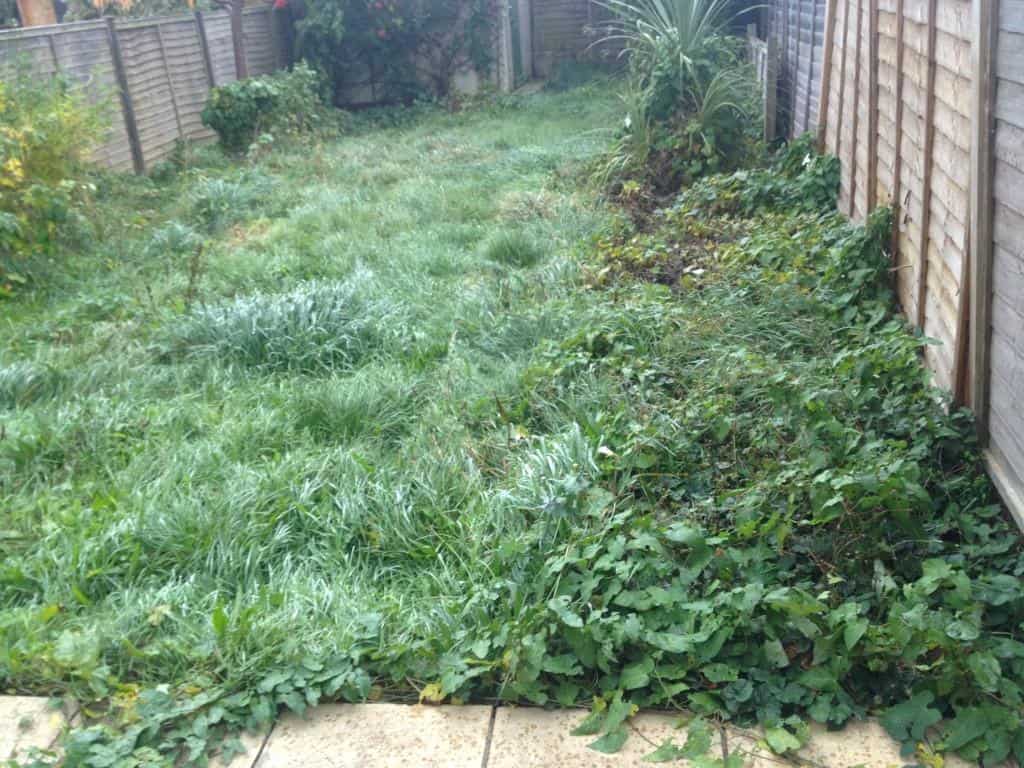
Weeds as soil type indicator
Weeds can be a good soil indicator
In this article I will provide some information about how to determine type of soil in your gardens.
It’s based on weeds observation. Some weeds as well as more desired plants like certain conditions. By observing carefully what weeds grow in your garden you can then assess what “good plants” would thrive in this spot.
Observing the most prevalent weeds can indicate if soil is:
- acidic
- alkaline
- healthy and balanced
- depleted of certain nutrients
- poor draining soils
- sandy soils – poorly retaining moisture
Some points you have to take into consideration:
- You have to observe several the most prevailing weeds
- Pay attention to healthy weeds. You might find a certain weeds growing in many places, but in some of them the same weed will be healthy and in some others not so much ..
Plants like hydrangeas or cornflowers (Centaurea cyanus)are excellent soil indicators.
Some grow very well in most soils like: purple nettle ( lamium purpureum ) and Shepherd’s purse ( Capsella bursa pastoris )
Today I would like to concentrate on weeds that prevail in acidic soils. Weeds that may indicate an acidic type of soil are:
Plants that grow well in an acidic soil are amongst others: azaleas, hydrangeas, rhododendrons, camellias
And fruit and vegetables like: rhubarb, potatoes, shallots, sweet potatoes, endive and watermelons, blueberries
Next I would like to list some weeds that prevail in alkaline soils, that is soils which PH is higher than 7.0. Weeds that may indicate an alkaline type of soil are:
Please find a few plants that will grow well in both acidic and alkaline soils but are also good for partial shade, clay and poorly drained soils – these are conditions most common for Reading, Berkshire.
Anny’s Winter Orange (Cornus sanguinea), Bamburanta (Ctenanthe lubbersiana), Chilean rhubarb (Gunnera manicata), Snowberry Hancock (Symphoricarpos chenaultii), Strawberry Fields (Deutzia hybrida), Veitchii (Deutzia longifolia), Chestnut-leaved rodgersia (Rodgersia aesculifolia), Golden creeping Jenny (Lysimachia nummularia), Knotweed Superba (Persicaria affinis), Variegated Japanese spurge (Pachysandra terminalis), Bleeding heart ‘Langtrees’ (Dicentra formosa)
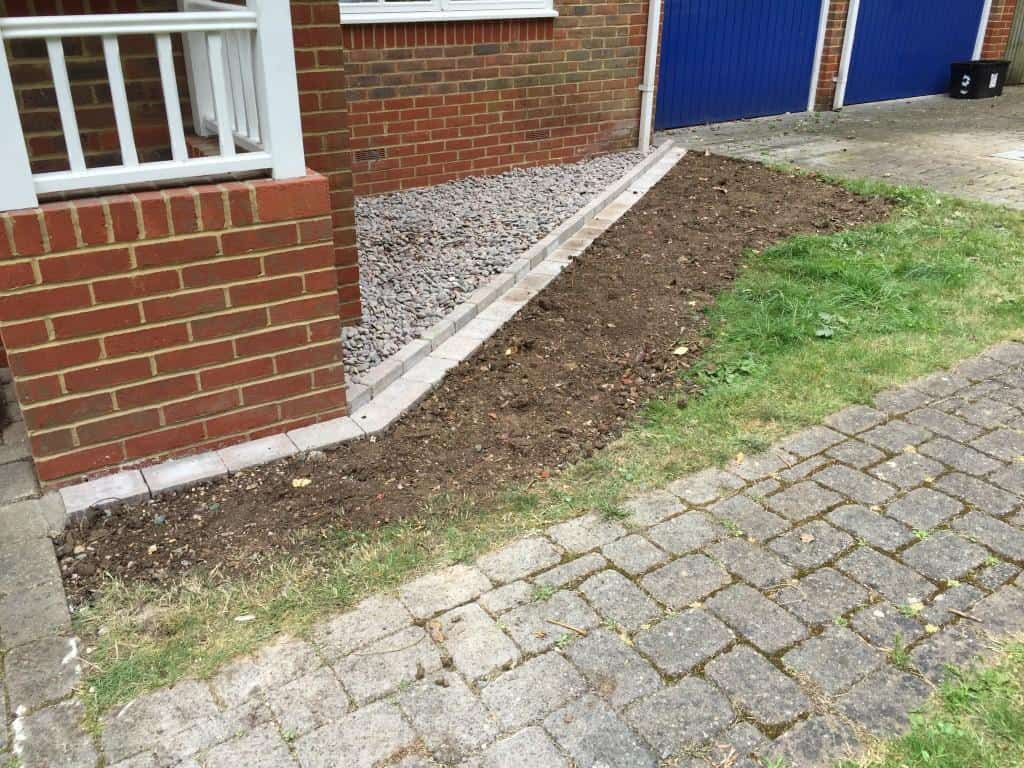
Where grass won’t grow
*
“Now, here on this ragged patch of earth called” a lawn..
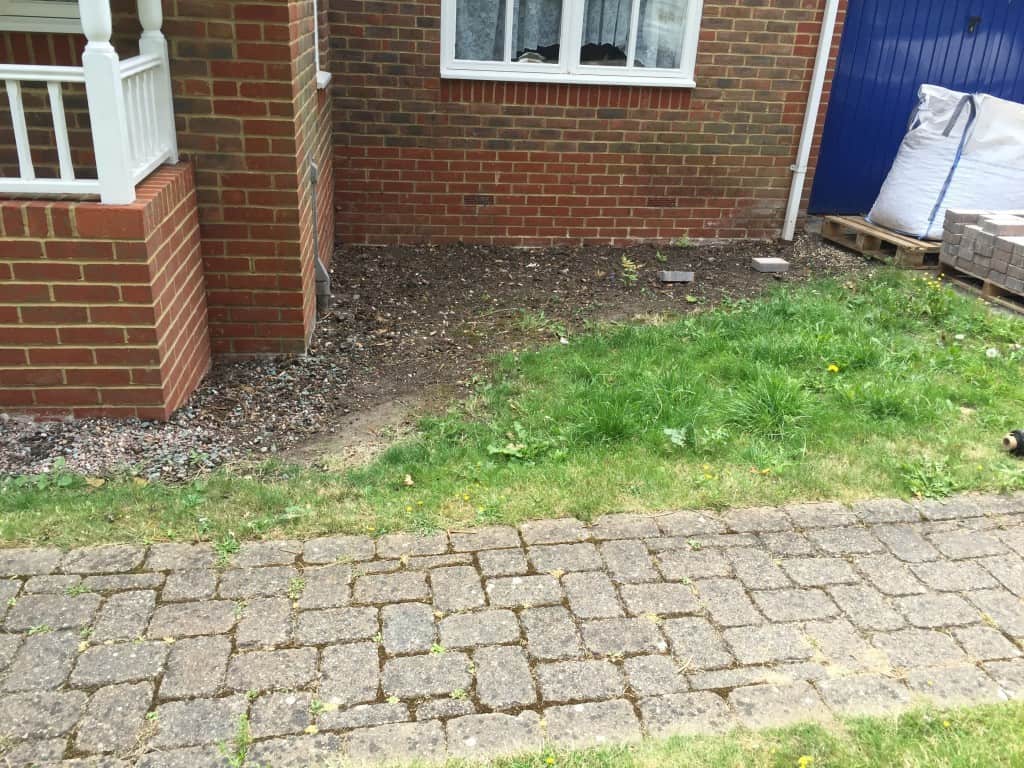
Grass doesn’t grow well everywhere.. hence sometimes you have to come up with something different.
Here’s two patches near the house that barely got any sun.. landscaped to give a maintenance free area and of good appearance.
* Quote from 300. One of my favourites.. 🙂
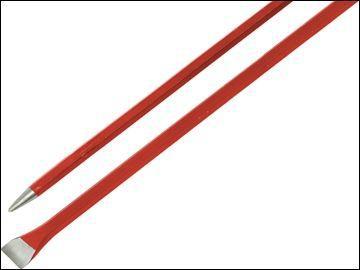
Small stump removal – how to
Hello,
I would like to share with you a little tip that might save you time, effort and your money.
There will be times when you would like to change something in your garden. Maybe create a new flower bed, redo an exisiting one, or get rid of a flower bed and create a patio or some
other low maintenance area instead. You might find that whilst doing it you stumble across a hard piece of wood stuck in a soil called a tree stump or shrub stump or a biggish root !
So…
- would you call for a gardener ?
- Would you try to tackle it yourself ?
Well
If you call for a gardener and it turns out to be me than thank you for your business 🙂 !
However a small stump removal isn’t that difficult with the right tool!
I decided to quickly write something about it, after today’s experience.
I got an email titled “bush root removal” asking for a quote to remove two roots which the customer couldn’t get out himself. I got there ready to quote and schedule that job for sometime next week but to my surprise these roots could have been dealt with there and then. Even with my trainers on 😉
Customer managed to pull out another root earlier which was about half of the size of two remaining. It took him about 1.5h to do it with a spade and a fork.
Small stump removal
Now how to do it..
You need to be able to lift few pounds and crucially get yourself a right tool for the job !
Not a spade, not a fork ! and as much as you would love to use it, not a chainsaw ( goes blunt in no time when soil/dirt gets onto the chain )
All you need is…
A digging bar to remove a root / stump
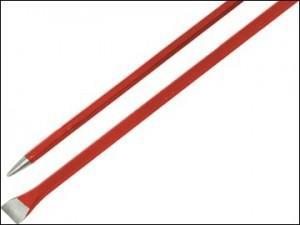
It basically is a very strong rod, usually and inch in diameter with one end pointed and the other shaped like a chisel.
1. Cut into the ground around the root / stump with a chisel end.
2. Then try to push the pointed end as far as possible under the root. That will allow you to lever up the root. Do it few times alternately from either side of the root.
3. If there are bigger roots running away from the stump under the ground which you can’t cut / break with a digging bar then use an axe or uncover the soil around them and use a small pruning saw to cut them off.
Easy, and it won’t take long neither unless it’s a proper tree stump for which you might want to get a stump grinder.
Good luck !



